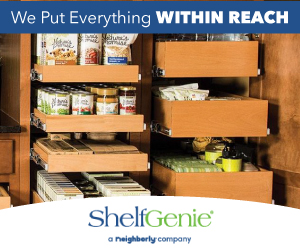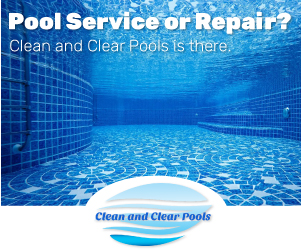Without water treatment, hard water is hard to live with. It’s hard on you and even harder on fixture and your appliances.
“Our faucets got to where we couldn’t turn the faucet handles on,” Courtney told us. “We had to replace those faucets.”
Getting proper water treatment means hard times call for soft solutions.
Water treatment calls for a soft solution
“Water treatment systems are a whole house system,” Paul Kappes with AquaTex tells us. “It will remove your calcium, magnesium, and Iron, things that cause scaling issues on your pipe and your fixtures.”
That scaling is what causes those sticking faucets. It’s also shortening the life span on appliances like your washing machine and dishwasher.
Choosing a water treatment system starts with a simple test
You could wait a few years for problems to surface. Or, get a simple test to determine if you need water treatment.
“Hard water” refers to water that’s high in calcium, magnesium or other minerals. The level of these minerals vary depending on your geography. Water in the Houston area is typically very hard, usually with between 7-10.5 grains per gallon. It turns out Courtney’s water water had about 11 grains.
The good news: a Water treatment system will bring that down to zero grains.
How does a water softener work?
A water softeners switches calcium and magnesium ions with more sodium, eliminating hard water issues because sodium doesn’t precipitate out in pipes. You’ll also find less soap is needed for cleaning since it doesn’t have to overcome calcium or other minerals.
Soft water means longer lasting water heaters, faucets and fixtures, but the water from the tap still hasn’t passed the final exam.
Soft water is not filtered water
Softening the water doesn’t necessarily make water better for drinking and cooking.
When AquaTex, Tom Tynan’s certified HomeShow Pro, ran their tests, it “…showed all the impurities that were in our drinking water,” Courtney said. “I just wanted it to be safe for us.”
“The dissolved solids in the water that they would drink was about 225 parts per million,” Paul told us.
That means 225 parts per million of Chlorine and other chemicals. Softeners aren’t designed to remove those solids. That’s the job of a reverse osmosis filter.
A reverse osmosis filter uses a semi-permeable membrane to filter the water at the molecular level which turns the quality of tap water water into bottle quality water.
Better water, better living
“It makes me happy knowing that I’m giving my kids and my dog and my husband and I better water, Courtney added.
From 225 parts per million down to two.. ready for drinking. That’s what proper water treatment systems can do for your home. For best results, Tom Tynan recommends Kinetico water softeners and reverse osmosis filters from AquaTex.
































